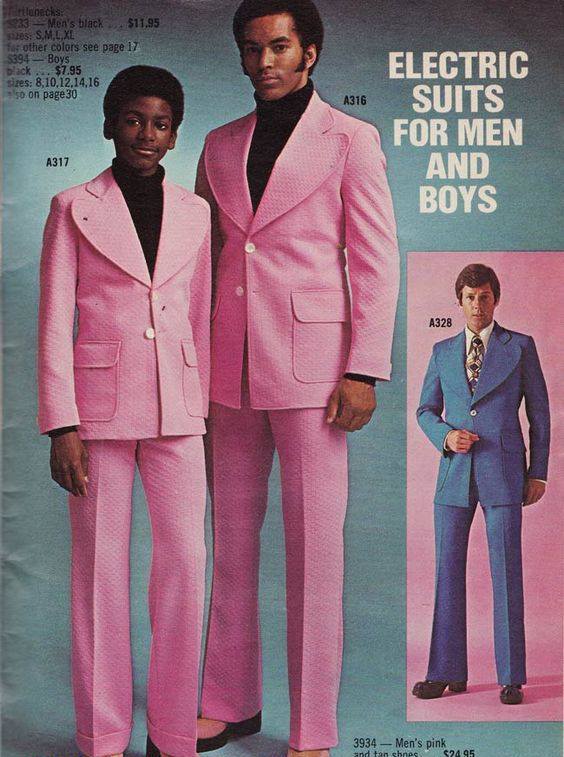 Listen
Listen
The Present and Future of Marketing, Growth, and Email
We got some news for you today. Forget about the traditional marketing funnel. It’s broken and it never really existed in the first place. The buying process isn’t linear for any industry. Just because someone is in the “consideration stage” doesn’t mean that two more whitepapers are going to push them into the decision stage. It just doesn’t work like that.
That’s the theme of the podcast we’re featuring today. It’s from Drift, a company known for having a different approach to marketing. At face value, their marketing looks similar to a lot of others—they do content marketing. When you dig in, though, you’ll see that they do have a drastically different approach, and—it’s working.
We’ll let their VP of Growth, Guillaume Cabane, take it from here.
- (2:00) Marketers haven’t broken the tools we use, we’ve broken the relationship.
- (3:12) Guillaume’s principles of marketing: Do I know the target audience’s intent? Are they the right fit for my product? Am I sending the right message? And, am I doing it on the right channel?
- (6:36) A marketer’s job should not be to decrease the cost of acquisition because that leads to an awful experience. A marketer’s job should be to enhance the customer and prospect’s experience.
- (7:04) Sad fact: The average conversion rate on a cold marketing email is roughly the same as the average conversion rate on a phishing scam. Be better than scammers.
- (8:49) Always ask: what value are you providing in every interaction you have with customers?
- (9:59) How to do content promotion in a non-spammy way.
- (13:30) The method of visitors coming to a website, filling out a form, and then you following up with them is a bad experience. That’s like if someone walked into your physical store, you told them to leave, and you sent them a postcard the next day.
- (16:28) Forget the marketing funnel. It teaches you that there is a linear process to buying. There isn’t.
Still 10 more minutes in this one.
 Read
Read
27 Reasons Why Your Content Sucks
All this snow in Pittsburgh has us feeling some type of way… and it’s cold ‘n’ bitter! (Jordyn’s just saying that because someone hit her car last night in the snowstorm.)
Well, that’s why we’re getting a little harsh for a sec with today’s Read. Technically, it’s Content Marketing Institute that’s getting real. Sourcing a variety of marketing and creative professionals, they round up 27 reasons why content can be really weak. We’re not gonna go through ’em all, but we’ll hit you with 10 of our favorites (or, rather, not-so-favorites).
- Same ol’ same ol’ content — AKA, blog posts that just sum up what you can find through Google searches. That’s lame.
- Product name everywhere — The more mentions of your brand or your product in a piece of content, the weaker that content is. Plus, it just sounds plain sales-y and grubby.
- No voice — You can’t convert without getting your readers excited, and you can’t get your readers excited without enthusiasm and a personable, authentic tone.
- Content that’s written exclusively as a “check-off task” — You can almost always tell when you come across a post that’s written to grab organic traffic from some keyword. Also lame.
- Camel-like content — Eh?? “When everyone puts their two cents into ideas for shaping the content, it often becomes watered down. There is an old saying, ‘A camel is a horse designed by a committee.’” See also: too many cooks in the kitchen.
- Negativity — If you’re attacking other players in your market, constantly putting down your competition, and creating conflict to get attention, you’re gonna have a bad time… and you should feel bad!
- Unfulfilled premise (and promise) — Damn, if you’re content doesn’t deliver any of the info promised in the title, what are you even doing?
- Hard-to-read structure and “exciting” punctuation — Keep that passive voice in check make sure to vary sentence length. Be wary of overusing exclamation points and emoticons. They’re fun but they make your content come off younger than you want.
- Unfriendly mobile and meta — Mobile thinking should be a no-brainer. And yet, people still publish content with huge blocks of text that are difficult to scan. Also keep in mind search engines skip over content with missing meta descriptions.
- TL; DR (Too long, didn’t read) content — Hmmm… this one is striking a chord.
Check the rest below. Over & out.
 Watch
Watch
& This Li’l Piggy Went to the Bank
They say money talks, but in today’s Watch, it oinks.
Santander, a Spanish bank, weaves a charming tale (and corkscrew tail) in its latest ad promoting the bank’s Boston-based U.S. arm. The campaign aims to illustrate how the bank looks after and respects your funds, using a piggy bank as the timeless metaphor for money. Except, in this delightfully-soundtracked spot, the piggy bank is an actual, adorable piglet.
In the ad, you see the little piglet separated from its owners, facing the perils of city streets and eventually ::gasp:: smashed to pieces by a group of boys who want his piggy-bank-bounty.
But don’t worry, before too much danger ensues, the little pig is saved by a Santander employee who puts him back together, cares for him, and returns him to the family who owns him. Yeah, the metaphor is strong in this one. So are the warm and fuzzies.
“In the end, it is important to remember that we cannot become what we need to be by remaining what we are.”
Max De Pree


